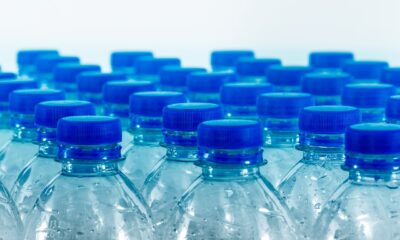Local News
Marsh contamination could require more monitoring

Drinking water likely not impacted by lead.
Not entirely clear what the next steps are for a monitoring and treatment of the La Crosse River Marsh.
A year long investigation has yielded some uncertain results of possible lead and chemical contamination of the marsh near the old La Crosse Gun Club trap shooting area.
John Storlie, a consultant hired by the city to study the contamination told the city’s Board of Public Works on Monday potential lead impact on drinking water is “minimal or nil.”
But Storlie also told the board that the Wisconsin Department of Natural Resources could require more monitoring of levels of both lead and the chemical PAH, a ubiquitous industrial byproduct.
Chuck Lee, from Friends of the La Crosse Marsh, said there are minimums his group would like to see to deal with lead, “the lead is obviously there, it’s primarily in the sediment, doesn’t circulate an awful lot and should be monitored.”
The chemical PAH, used to bind clay pigeons together, is also found in the marsh. But, Lee acknowledged, it’s pretty common. “It appears to be found almost everywhere,” he said.
Storlie said the DNR could require more monitoring and testing in the marsh. At this point, it doesn’t appear the city’s drinking water has been tainted by either lead or PAH.
The La Crosse Gun Club operated a trap shooting range on the southern edge of the marsh from 1929 to 1963, dumping lead shot and clay pigeons into the water.
Storlie said, at one point, the club apparently tried to dredge up the lead in a misguided recycling effort.
The investigation of lead and PAH cost the city $48,000.







